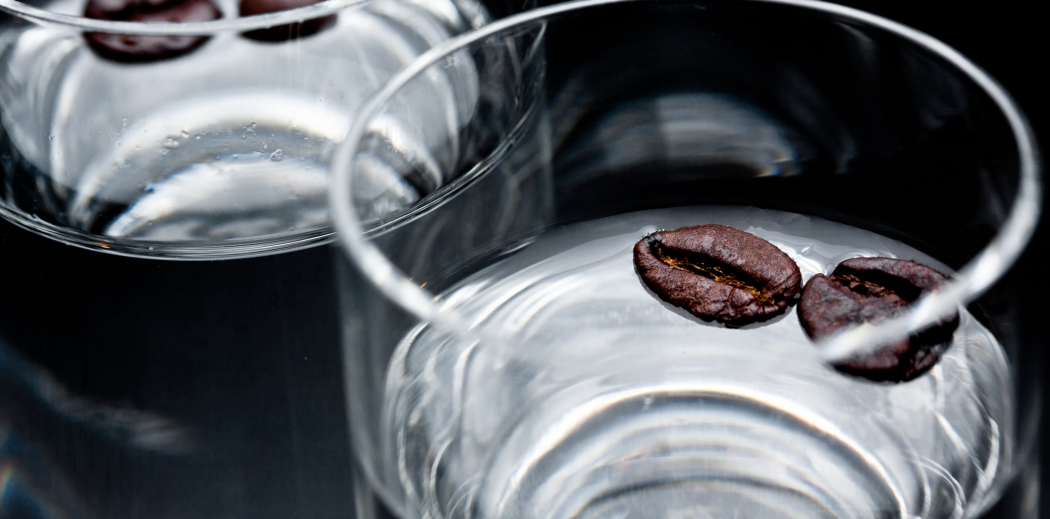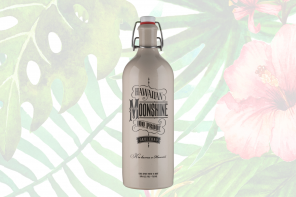Before closing my tab at the bar a few weeks ago, my friend suggested ending the night with a little Sambuca and a cup of coffee. When the Italian liqueur arrived, I was surprised to see three coffee beans floating on top. I asked the bartender what the deal was, and she passively answered that Sambuca is always served with three beans, each one representative of something she couldn’t exactly recall. Ever curious, I found myself quickly falling into a Wikipedia spiral, where I learned that the three coffee beans are meant to represent health, happiness and prosperity.
Further research taught me that a shot of Sambuca can be served with as many as seven coffee beans, representing the Seven Hills of Rome, and the liqueur is occasionally lit aflame to toast the beans. Talk about an excellent party trick, am I right? You can also request Sambuca with just one coffee bean by asking for “con la mosca” (with a fly). But where does this tradition come from?
Legend has it that Angelo Molinari, who helped popularize the liquor after World War II, came up with the idea of adding bitter coffee beans to balance the sweet flavor of the star anise. You can let the coffee beans soak up the liqueur for a boozy treat, or munch them between sips for a bitter palate refresher.
I also learned more about what Sambuca is actually made from. I had never enjoyed it prior to that fateful night at the bar, and though I’m not usually a fan of syrupy liqueurs, this one was different. Sambuca is flavored with anise – the same spice used in so many of my favorite Italian desserts, from pizzelle to cancelle. The nutty liqueur has notes of licorice and is quite sweet (and has a deceptively high ABV) – instead of drinking it alongside coffee, you can actually pour it in and use it instead of sugar.
There are actually three varieties of this liqueur. The most common (and the one I sipped on) is white Sambuca, while black Sambuca is dark blue in color and stronger in licorice flavor and red Sambuca is maraschino cherry-red and has notes of cinnamon. Sambuca was first commercialized in 1800 in Civitavecchia, and is similar to an anise-based Basque spirit called Patxaran.
So next time you’re craving a nightcap, try ordering an Italian classic – or try making this decadent variation at home.
Sambuca Mocha Latte
Ingredients
- 1 ½ oz Sambuca
- ½ cup coffee
- 1 tbsp chocolate syrup
- Whipped Cream
- 3 Coffee beans
Instructions
- COMBINE Sambuca, coffee, and chocolate syrup in a cocktail shaker and shake until mixed.
- STRAIN into mug if drinking hot, or pour over ice if drinking cold.
- GARNISH with whipped cream and coffee beans for health, happiness, and prosperity. Salute!






Love having some Sambuca and a Cannoli after a nice Italian meal.